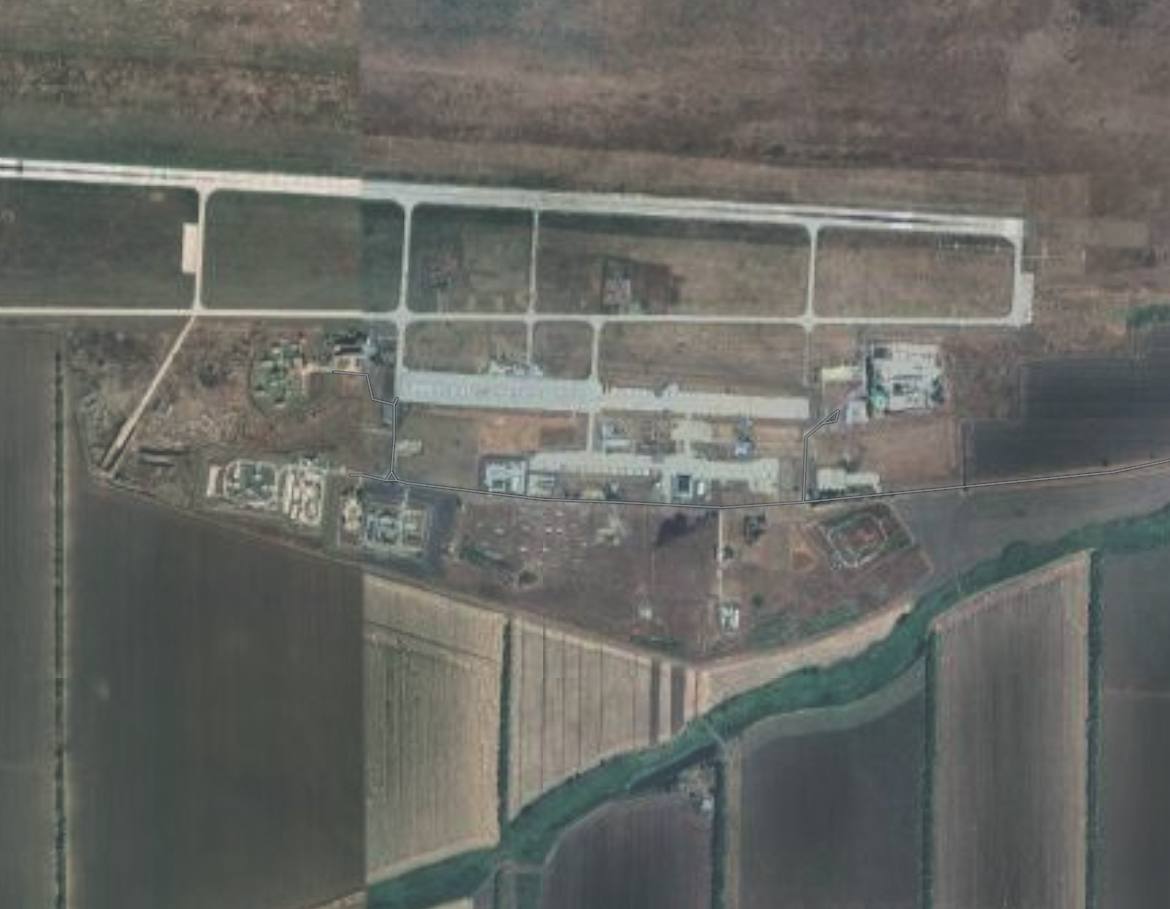Ukrainian drones struck the electrical substation at Russia’s Kushchevskaya military airfield overnight on 24-25 June, damaging power infrastructure at the base that houses combat aircraft attacking Ukrainian positions, ASTRA reported citing its sources in Russian emergency services.
Ukraine’s long-range drone program continues chipping away at Russian military capacities as Ukraine’s western allies still hesitate on helping strike targets inside Russia.
The power strike reflects Ukraine’s shift toward disabling airfield operations rather than just destroying aircraft. Without electricity, Russian forces cannot fuel planes, run maintenance equipment, or operate defensive systems effectively.

Third strike on the same target
This marks the third Ukrainian attack on Kushchevskaya (Kushchovskaya) in 14 months. In April 2024, Ukrainian strikes damaged military aircraft at the base. A month later, Ukraine hit a Russian Su-27 fighter and additional infrastructure at the same airfield.
The airfield hosts Su-34 fighter-bombers, Su-25 ground attack aircraft, Su-27 fighters, and MiG-29 interceptors that Russia uses against Ukrainian defensive positions.
Russian emergency services confirmed at least one drone penetrated the airfield perimeter and struck the electrical installation. No casualties were reported, though the operational impact remains unclear.
Forcing dispersal
Ukraine’s repeated strikes on Krasnodar airbases have forced Russia to scatter aircraft across multiple locations, increasing operational burdens according to UK intelligence. The dispersal protects aircraft but spreads maintenance resources thin and complicates mission planning.
Previous Ukrainian disruption of Russian tactical aviation has compelled Moscow to further spread its aircraft fleet, creating logistical challenges that reduce combat readiness.
Why does power infrastructure matter? Modern airbases need consistent electricity for fuel pumps, communications, maintenance equipment, and electronic warfare systems. Damage to power systems forces Russia to conduct repairs under combat conditions or operate with reduced capabilities.
Recent strikes escalate
The Kushchevskaya attack follows Ukraine’s most ambitious airfield operation to date. On 1 June, Ukrainian intelligence executed Operation Spiderweb—coordinated drone strikes on five Russian airbases from Murmansk to Siberia. The operation destroyed at least 13 strategic bombers and caused an estimated $7 billion in damage.
Nine days later, Ukrainian drones struck the VNIIR-Progress facility in Cheboksary, which produces antenna systems for Russian Shahed drones and guided bombs. The attack triggered massive fires and halted production.
Each strike forces Russia to divert resources from offensive operations to airbase defense and infrastructure repairs.





